Aghanus, Aparan, Hakari, Vurgavan, Urekan… This list of Armenian villages with curious names begins at Berdzor: countryside on the right, half-ruined buildings on the left of a bumpy road. It takes an hour and a half to pass 60km, and then the landscape changes dramatically. A lively village with new houses opens to the view. The sign reads “Ishkhanadzor”.
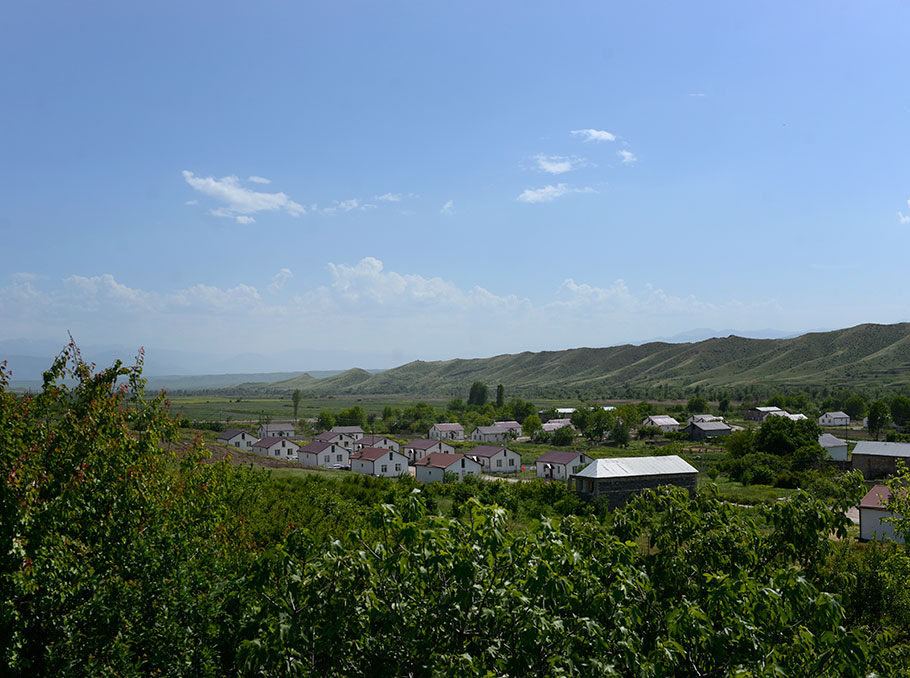
Photo: Vaghinak Ghazaryan/Mediamax
Loud music is playing in the school yard. A group of students is dancing, others are watching from under the canopy of the trees. School routine is different today because of celebration of May holidays, and the students are rehearsing for the performance.
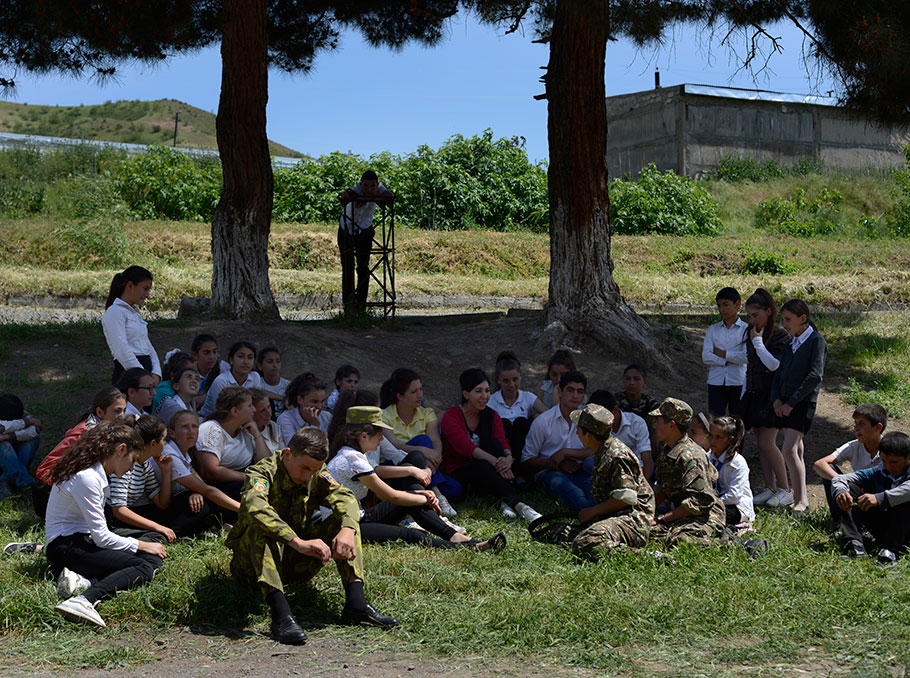
Photo: Vaghinak Ghazaryan/Mediamax
Minutes after Mr. Kirakosyan reminds the kids they have to start the lesson, the school’s engineering laboratory “Armath” is full. Students of different grades and age groups are at the computer desks.
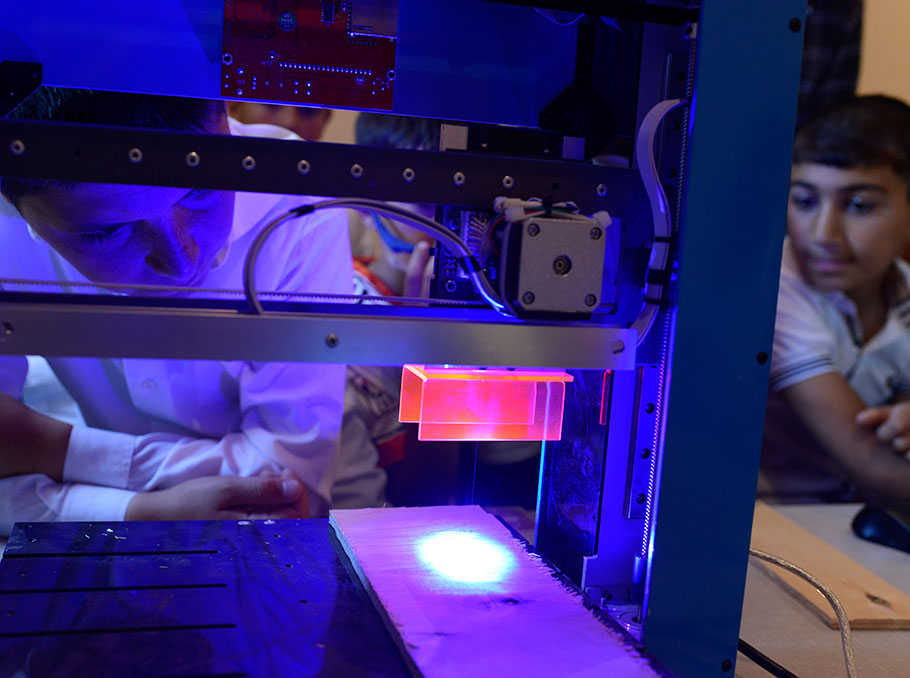
Photo: Vaghinak Ghazaryan/Mediamax
“They can read the atmosphere in the room very well. Sometimes they tease me during the lessons, but if someone comes to watch them study, they turn into little angels,” Samvel Kirakosyan says with a smile. He teaches geography at Ishkhanadzor school and is a coach at the “Armath” lab.

Photo: Vaghinak Ghazaryan/Mediamax
The kids get on with the work and open the games they are developing. It doesn’t matter if anyone ever plays them, what matters is the experience the students gain in the process.
“We made motor boats and then worked on drones,” a student tells us.
“What we learn here is very useful in our daily life. I made an electric mousetrap, but I must have done something wrong because it exploded when I first turned it on,” says another.
“Armath” is a novelty for Samvel too. He learns as much as he teaches. Samvel’s experience in teaching isn’t that vast: he volunteered for a program in Poland, but his work in Ishkhanadzor is different.
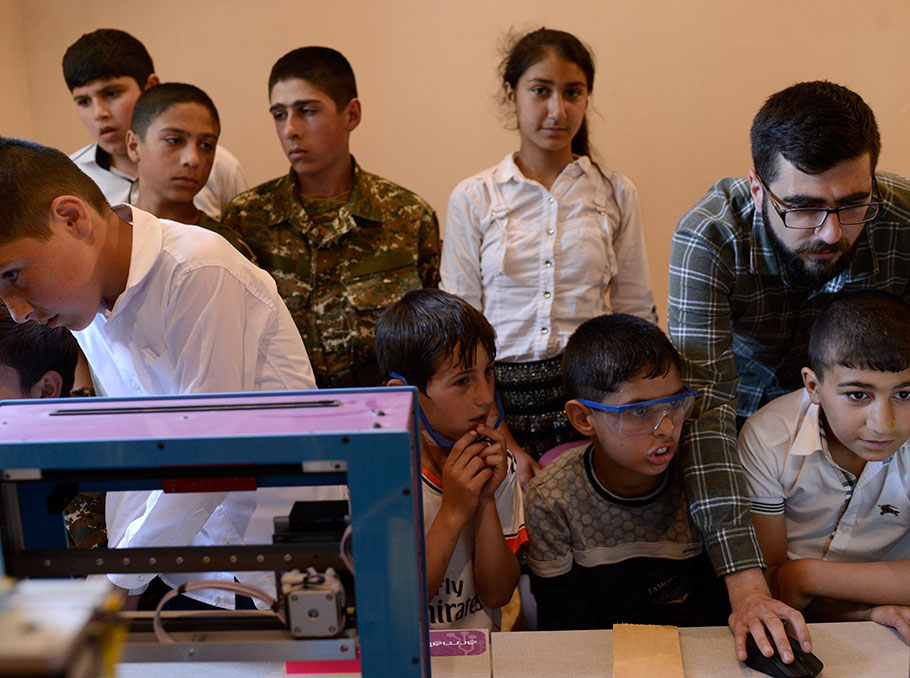
Photo: Vaghinak Ghazaryan/Mediamax
“In Poland, I would stay no more than a week at each school. I was a special guest, I completed my program, everyone was happy, and then I left. Here, I am an ordinary teacher. I am not a foreigner for them; I feel like a part of this school and this village. Overcoming difficulties, making things work and keeping faith is exciting. This experience is very important,” says Samvel.
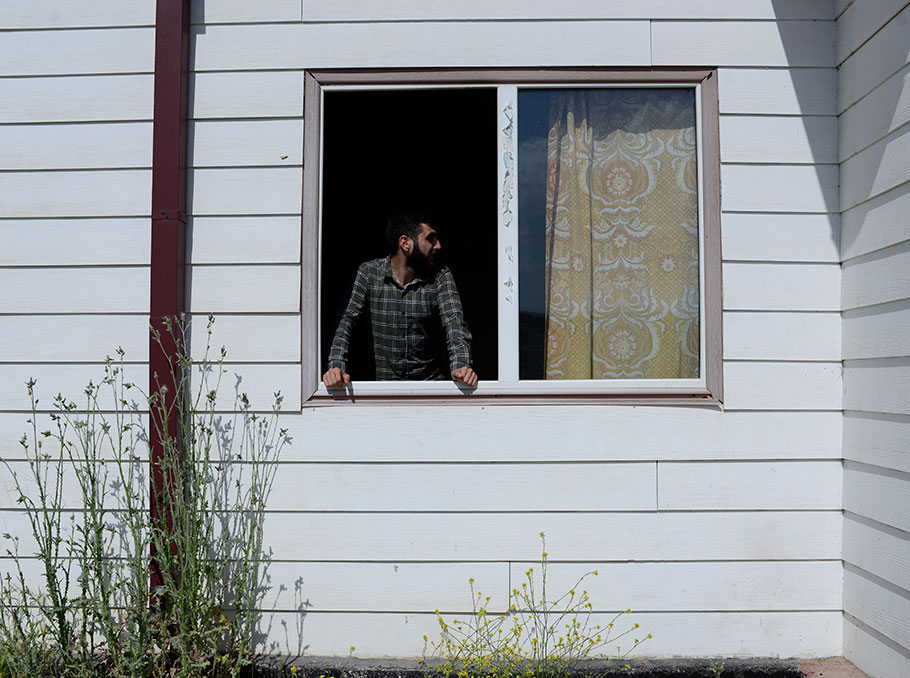
Photo: Vaghinak Ghazaryan/Mediamax
Stay abroad or return home? And what would he do if he returned? These questions led Samvel to Teach For Armenia (TFA). He applied while he was still in Poland and did the first interviews on Skype. Samvel says he was searching for an interesting occupation, not an office job, but something that he would do for a purpose, not just to make money.
Samvel didn’t get to spend time with family when he came back from Poland. He thought he would be assigned somewhere near his home, in Vanadzor, but TFA sent him to Artsakh. It took time for him to get used to the place, but now Samvel is happy to teach the kids in Ishkhanadzor.
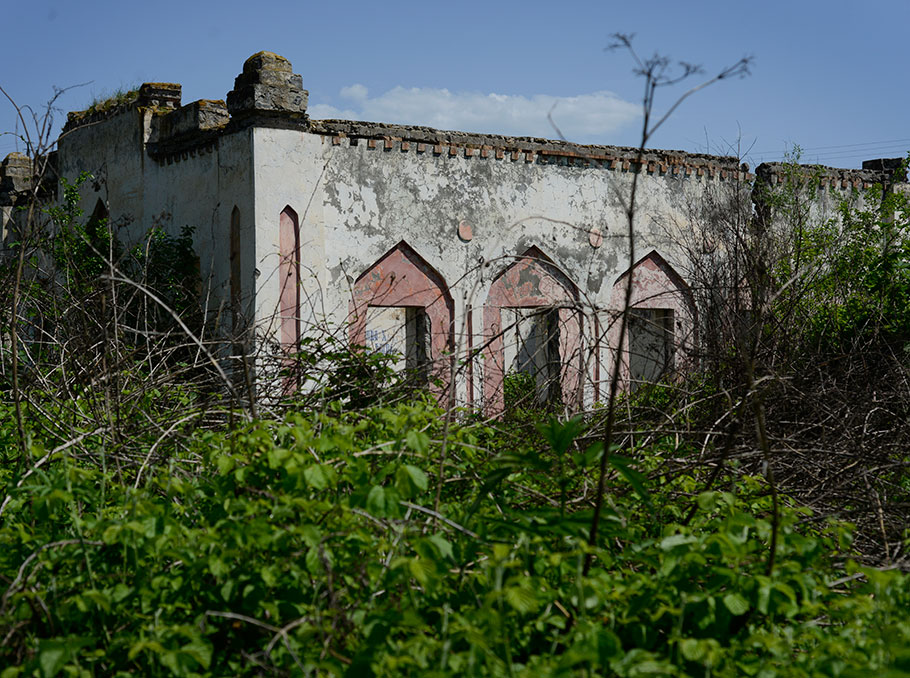
Photo: Vaghinak Ghazaryan/Mediamax
The village was liberated in 1993. Re-settlers mainly came from Lori, later from other Armenian marzes and the Diaspora. With a population of around 600, Ishkhanadzor is one of the fastest developing villages in Artsakh.
The school principal believes Ishkhanadzor gives people all opportunities to have a good life, and the worn-down roads are the only problem: the settlers received assistance in the form of houses and cattle; the land is fertile; the village stands on the bank of River Hakari, which means it has no difficulty with water supply; people heat their houses, so winter cold is not an issue.

Photo: Vaghinak Ghazaryan/Mediamax
“You will hear all kinds of dialects in Ishkhanadzor. Take a walk and you hear Lori dialect at one corner, Goris and Karabakh dialects at another, and then there’s Western Armenian,” Samvel describes the cultural diversity of the village.
There is no shortage of curious stories in Ishkhanadzor. Local students decided to start a newspaper to share them, and after long discussions on the name, they chose the symbol of the village, pomegranate in Armenian.
“The “Nraneh” newspaper will have 4 sections. We selected 8 members of staff: a reporter and an cameraman per section. We choose the topic together. Our newspaper will report about the school events, the community, creative works of local kids. I want to be involved, because I like to socialize, ask people questions,” says a student from the 8th grade.
Samvel applied for a grant, and that is how the school covers the expenses for the newspaper. They created a website too and bought a camera. If there’s enough money left, they will purchase microphones, lights and a tripod, and make badges. According to the young journalists, “Nraneh” will be the first school newspaper in Artsakh.
“Children are very active. They want to be seen, they want to talk about themselves, report stories, do interviews. I thought that a newspaper would be a great opportunity for that,” explains Samvel.

Photo: Vaghinak Ghazaryan/Mediamax
He was provided accommodation at one of the houses that host school clubs. Samvel and three other young teachers often gather there to discuss local affairs.
“No new ideas, please, we already get just 4 hours of sleep,” says Math teacher Armine Matevosyan. She adds, “We’re leading really active lives, and we don’t want to think Samvel will be leaving one day.”
The teachers talk about the needs of the village as well. “The second most urgent problem, after the roads, is the kindergarten. That one is close to complete resolution, though,” says Samvel.
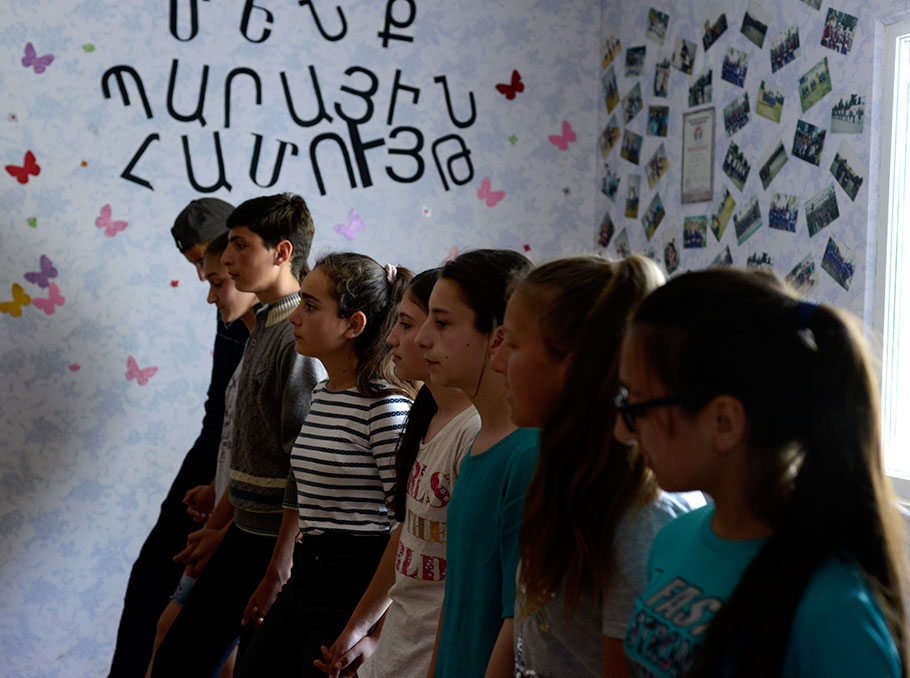
Photo: Vaghinak Ghazaryan/Mediamax
In April, he “dedicated” a room in his house to kids: Samvel hosts “Gtnvats Yeraz” (A Dream Discovered) development center there, which operates on a voluntary basis. There are around 90 children under 6 years old in the village. When it’s time for them to go to school, both kids and teachers are dealing with problems caused by the lack of pre-school education.

Photo: Vaghinak Ghazaryan/Mediamax
Samvel and three of his colleagues – Anush, Tehmine and Artur – divided the workload between themselves. They study psychology of different age groups and obtain skills to work with children. 12 kids aged 3 to 4 come to the center twice a week.
“They play educational games, watch cartoons, socialize with peers, learn discipline. When they go to school, we’ll see the difference,” says Anush.
The center was given a bigger place, which is now being renovated. People donated games and toys to the center, and it also received financial assistance.
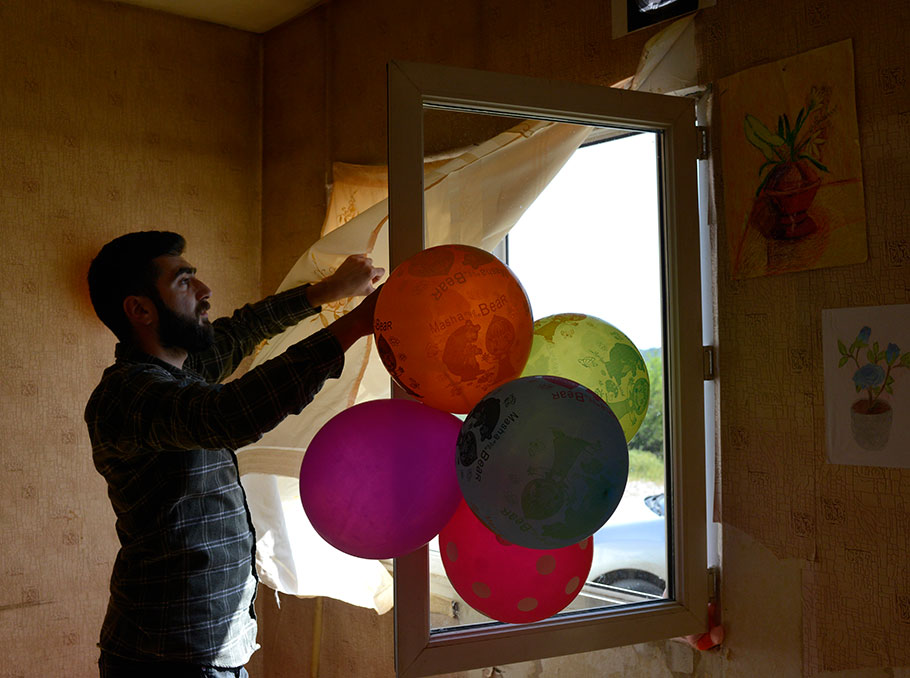
Photo: Vaghinak Ghazaryan/Mediamax
“Don’t forget anything. The shopping list is in your pocket,” Anush and Tehmine remind Samvel. He is supposed to buy carpets and posters from Yerevan. They really want “Gtnvats Yeraz” to become a modern center and involve more kids.
Samvel travels to Yerevan once a month or once in 2 months. Trips to Vanadzor are rarer: the road takes 8 hours. Samvel tries to do everything quickly to get back to Ishkhanadzor sooner, because the movement and noise in the big city are exhausting.
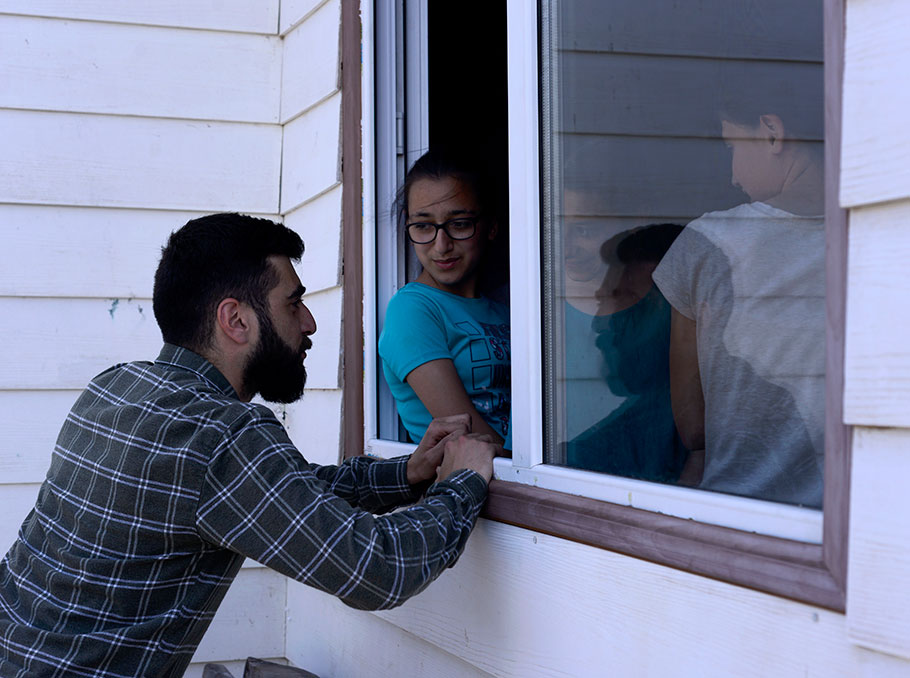
“I was so used to good living conditions. This is a reality check, you are reminded that many people live in different conditions. You either have to work to improve the quality of life or try to live like these people,” says Samvel. He adds, “I have learned so much here. In the city and abroad you only socialize with people you like, but in the village, you have to communicate with everyone. It gives you valuable skills. You begin to understand there aren’t extremely good or bad people, and life has harmony.”
Parallel to teaching, Samvel is trying to supervise all projects he started. He hopes that by the time he leaves Ishkhanadzor next year, “Armath” lab will have a new head, “Nraneh” will work as a regular newspaper, and the village will have a kindergarten.
Lusine Gharibyan
Photos: Vaghinak Ghazaryan (specially for Mediamax)
















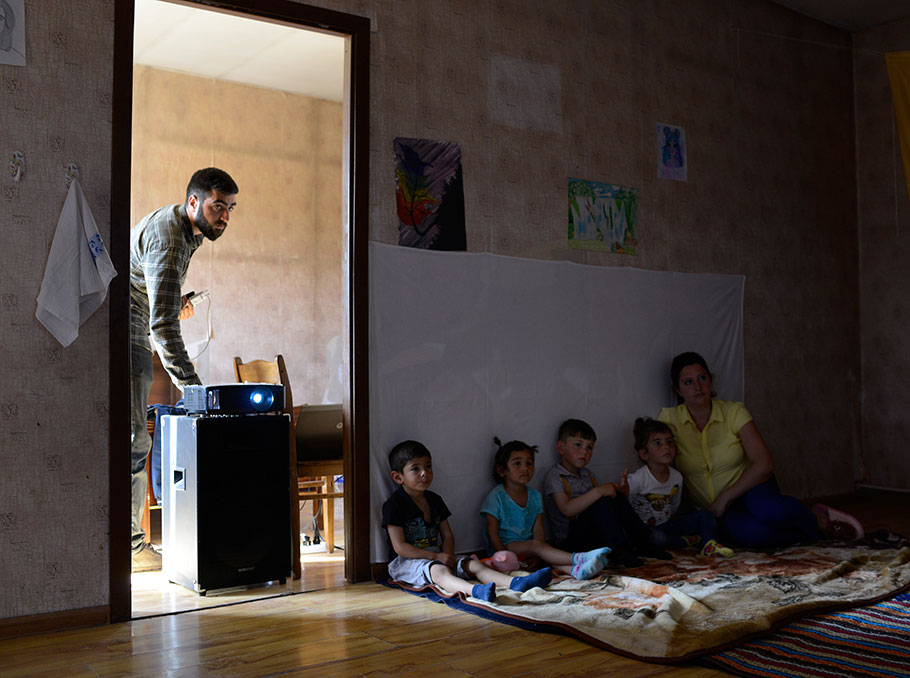
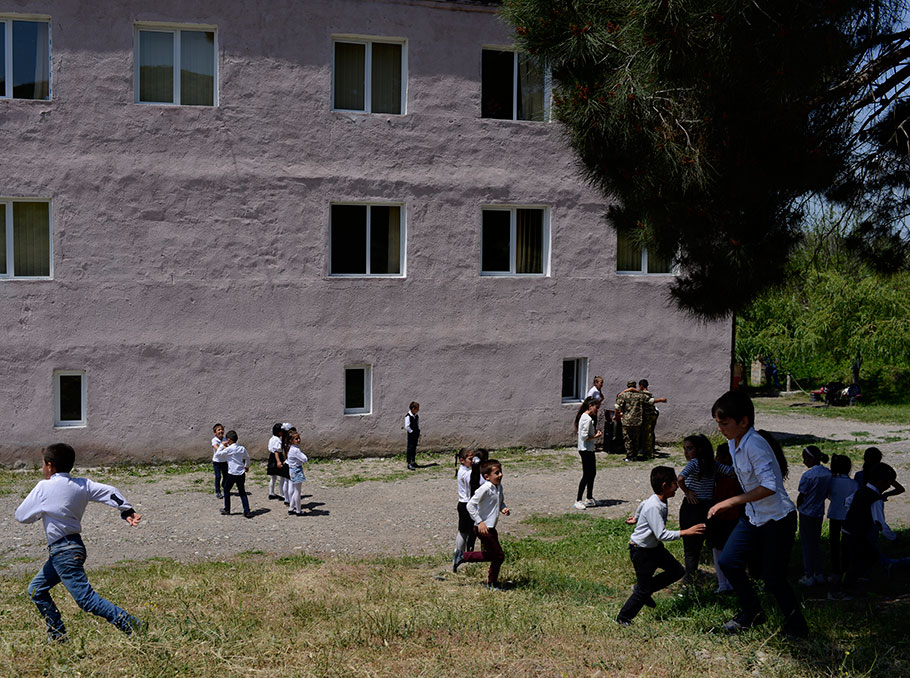
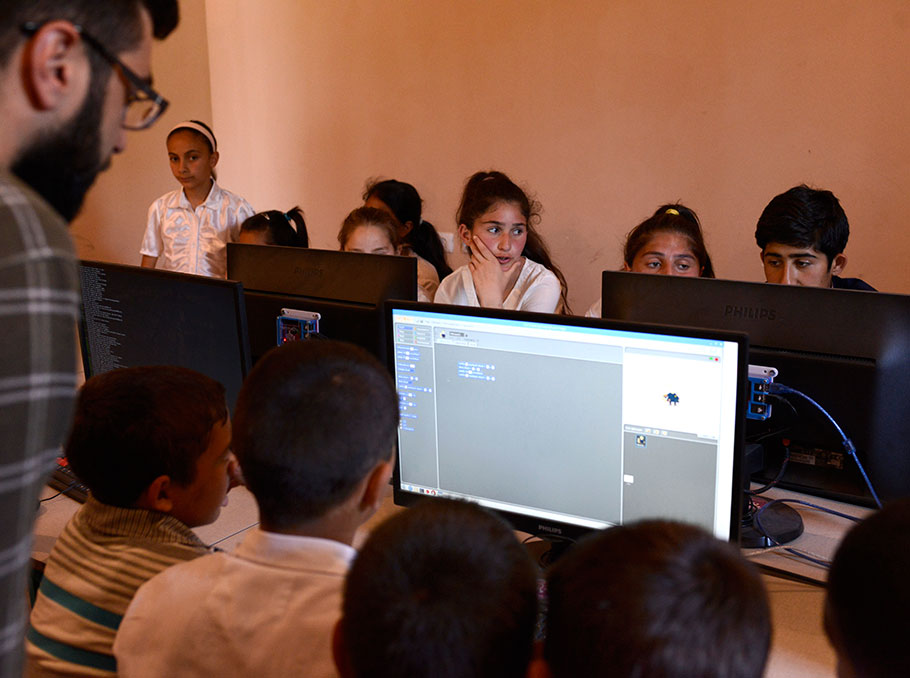


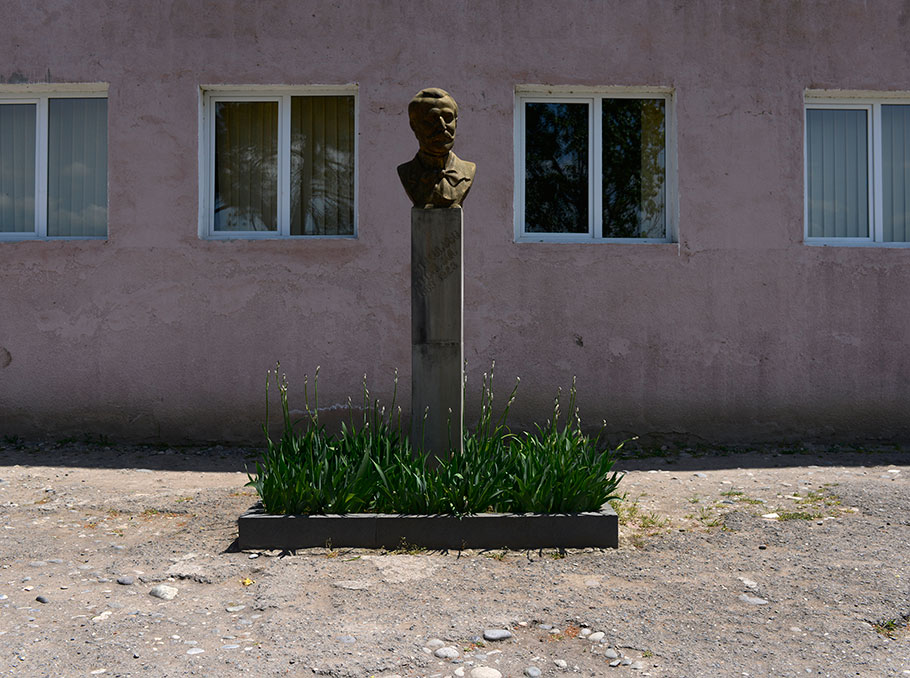

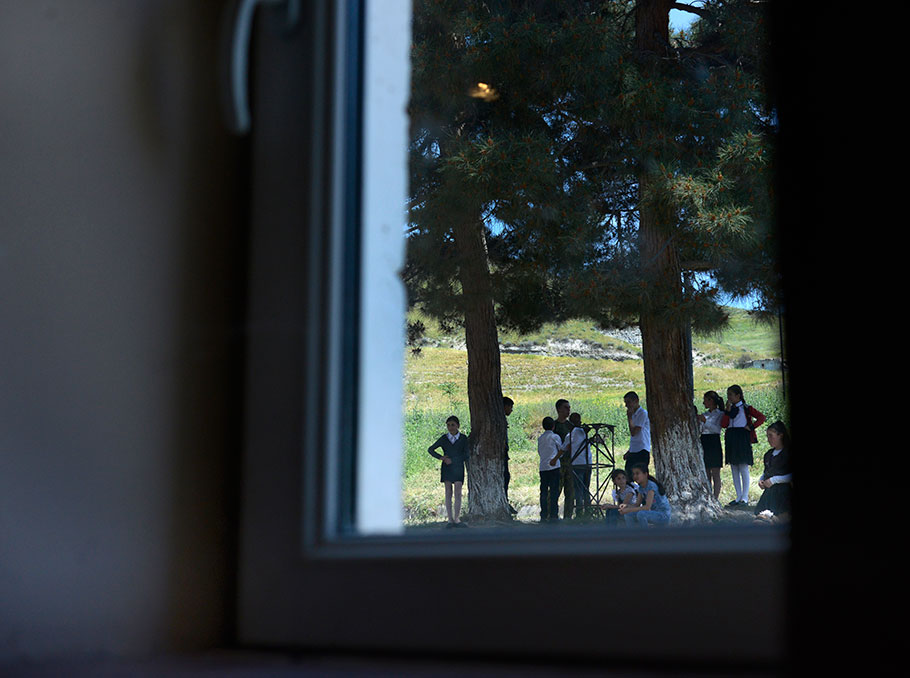

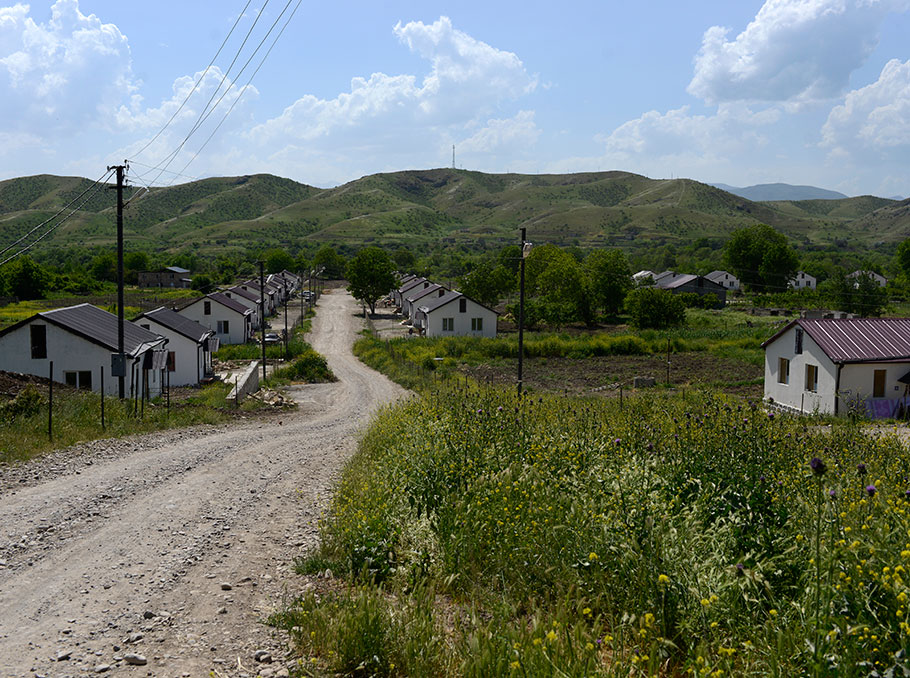
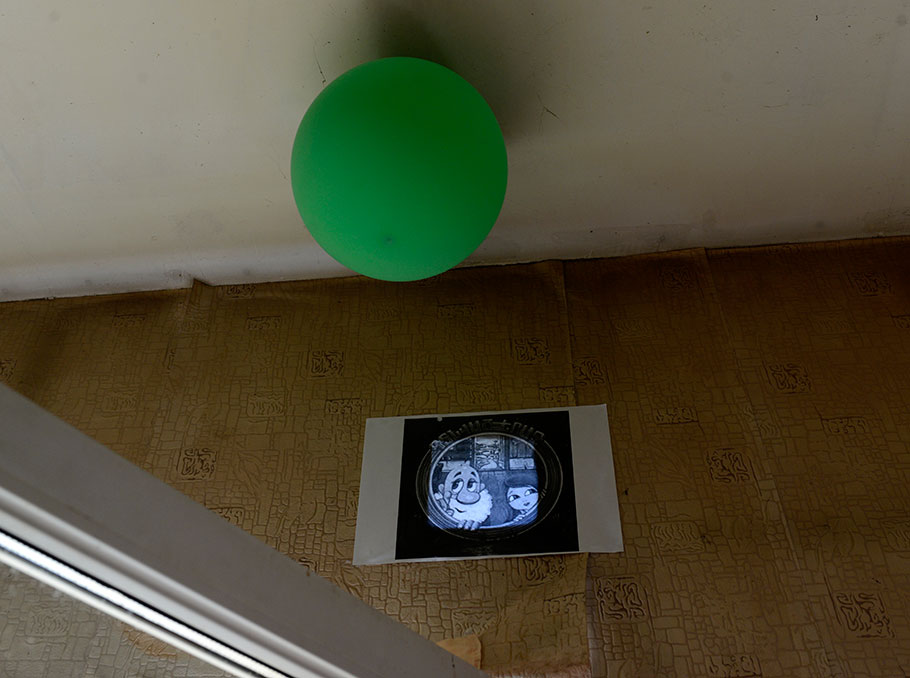
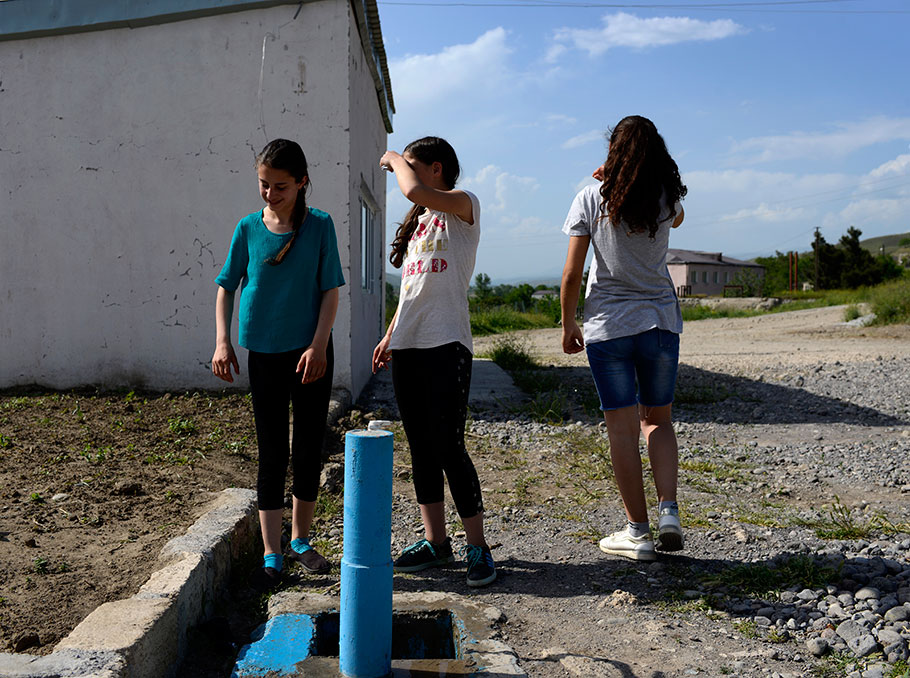

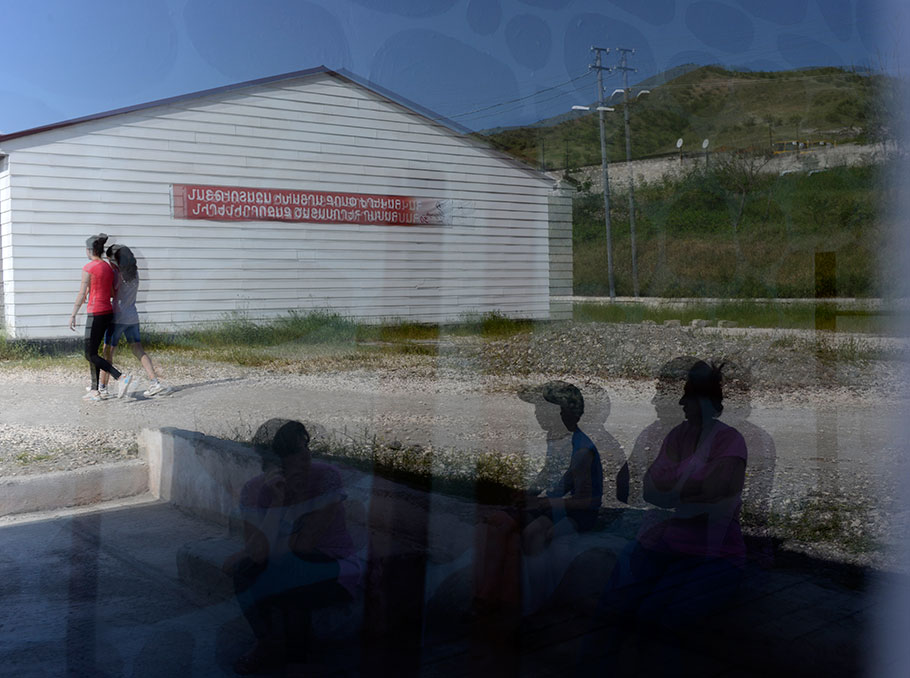
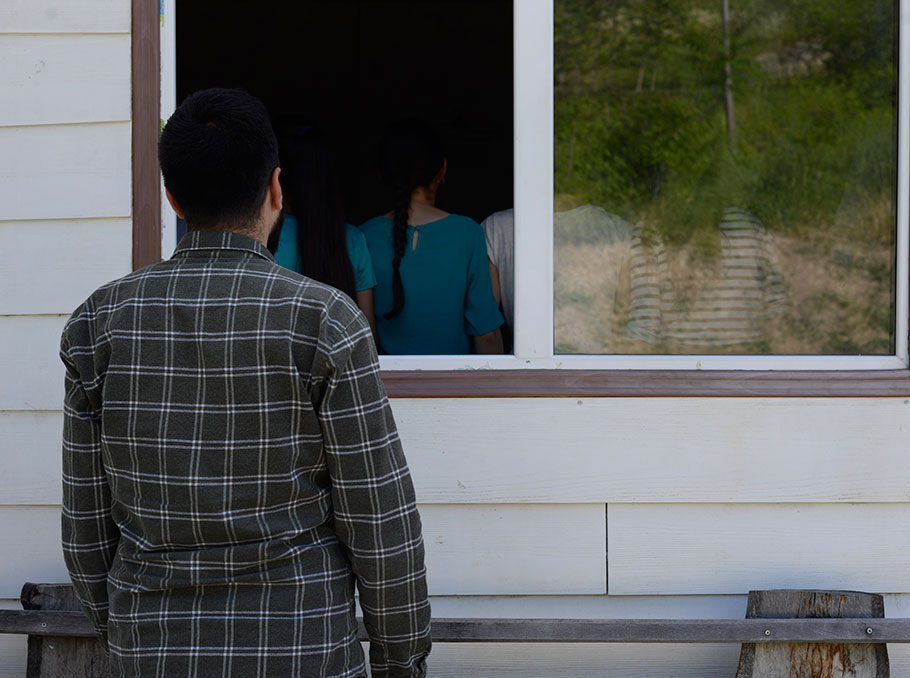
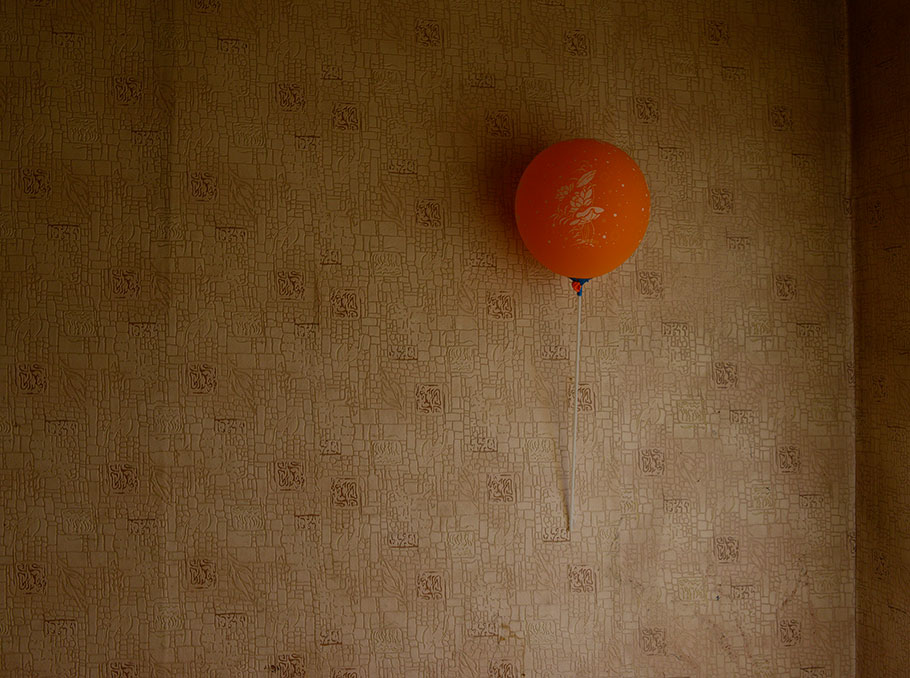

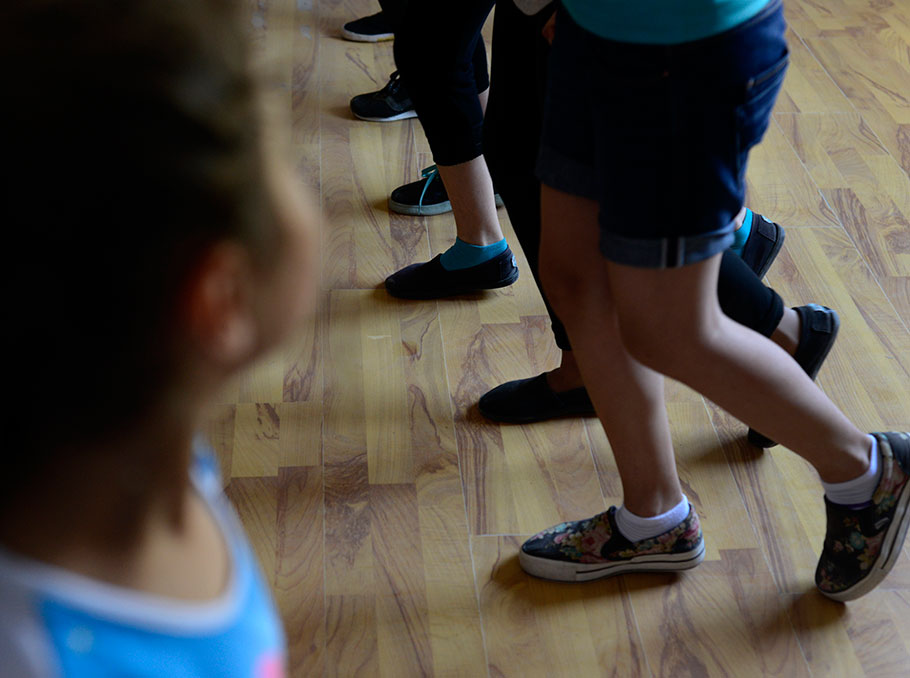
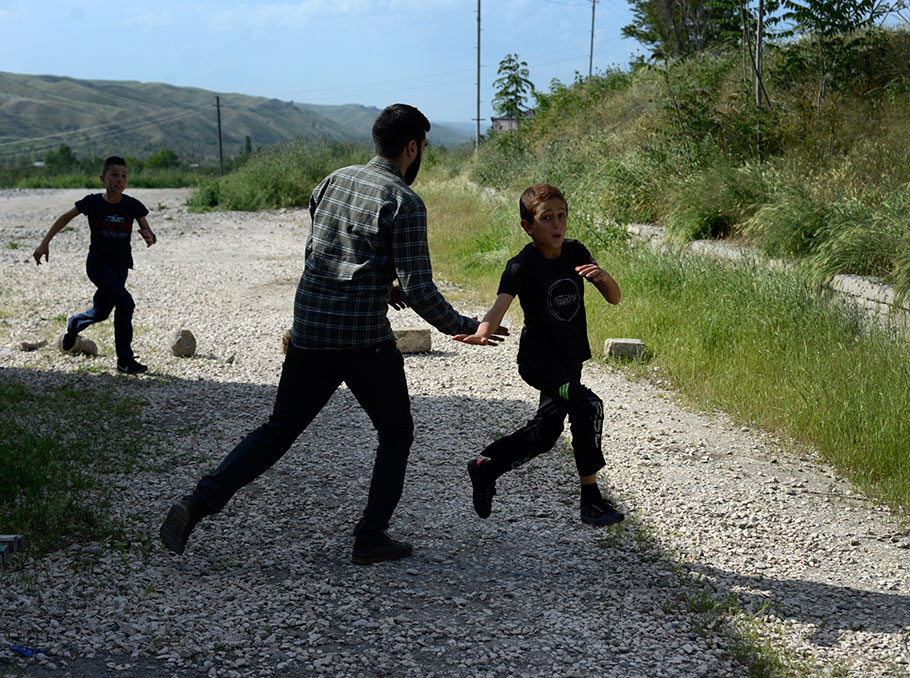
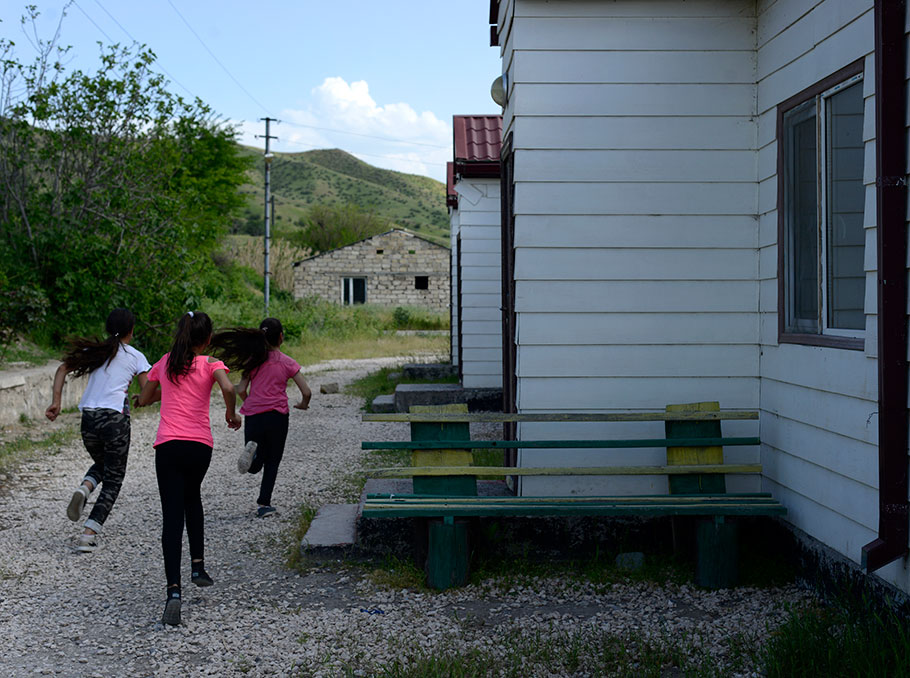
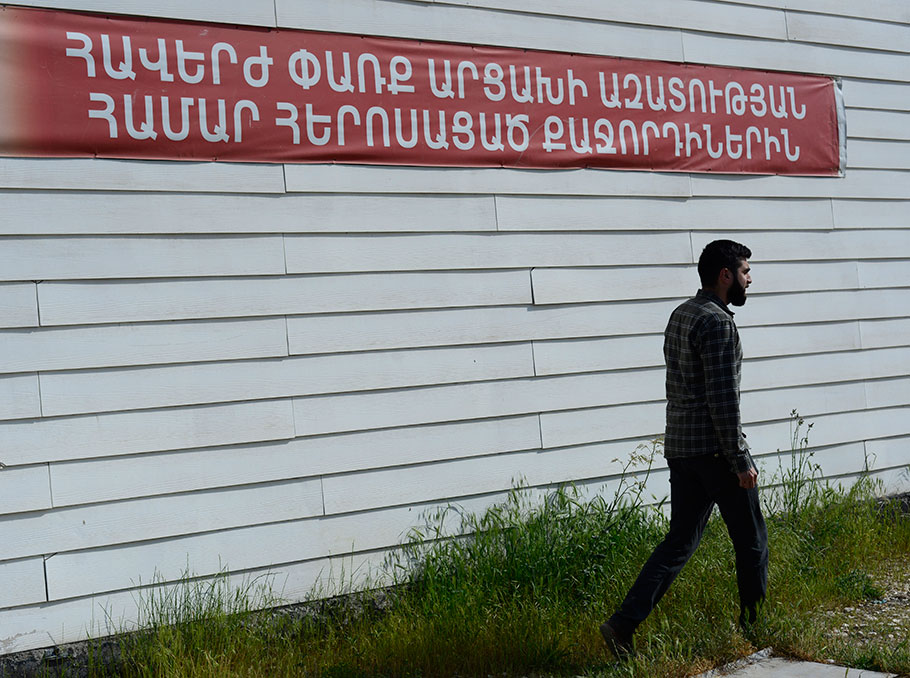

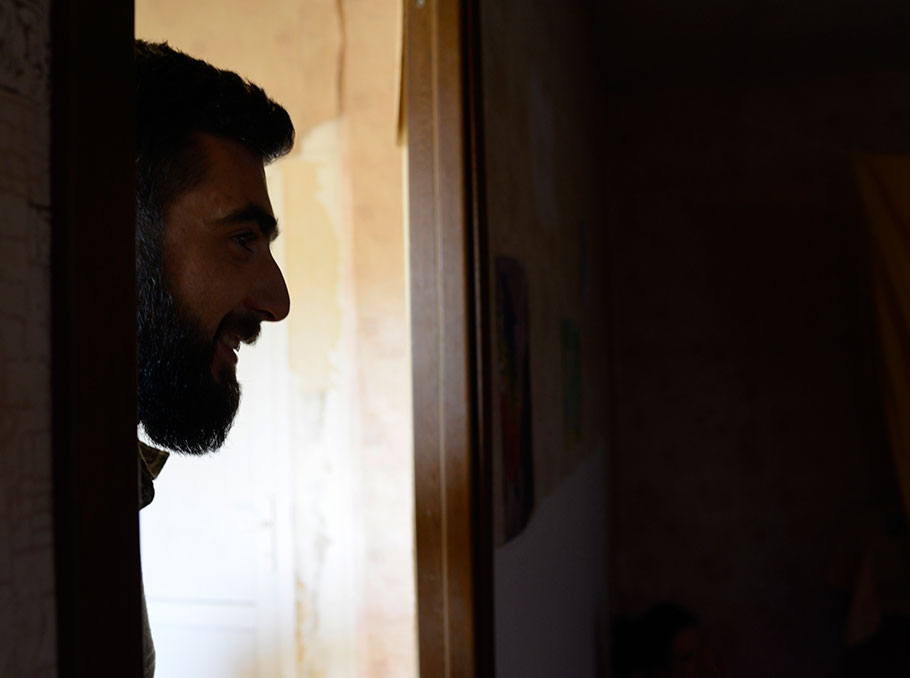
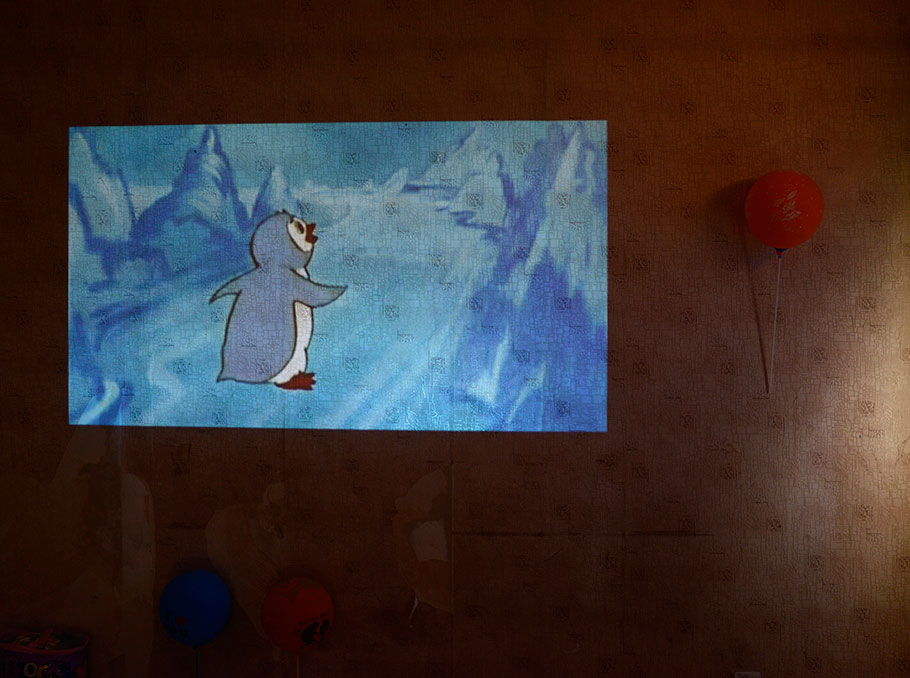

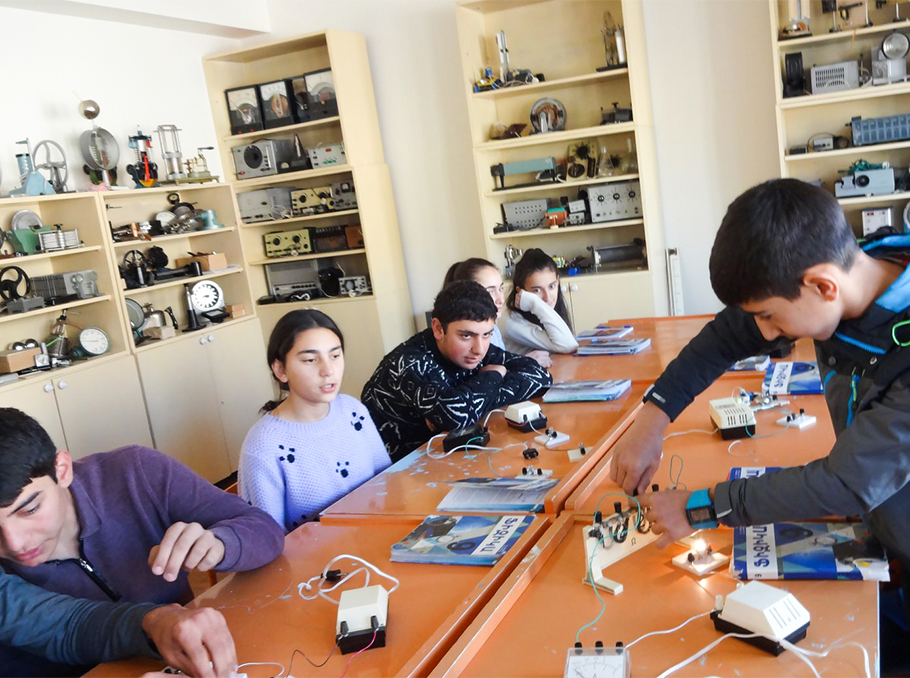
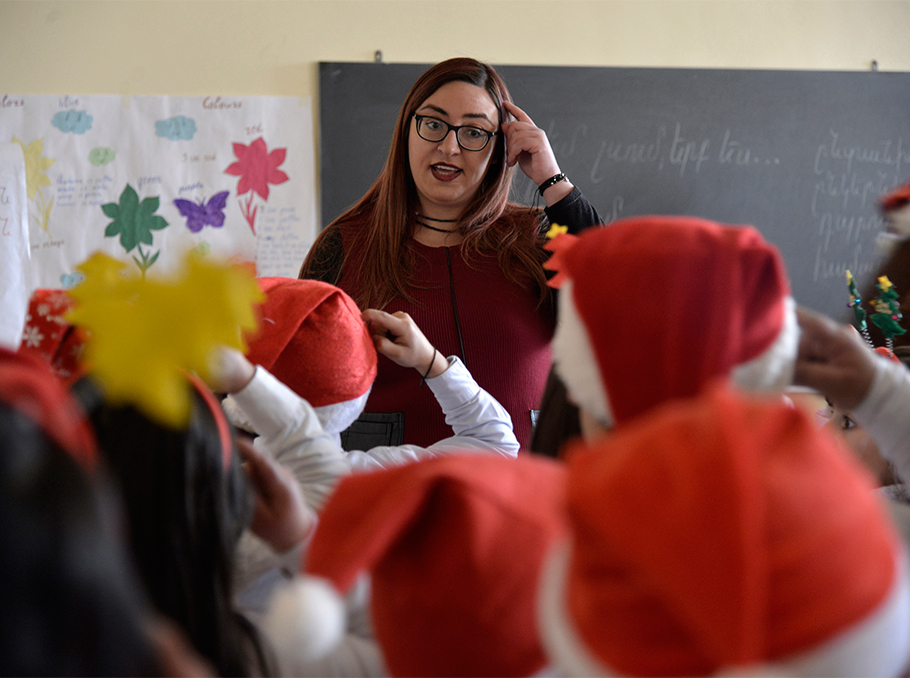
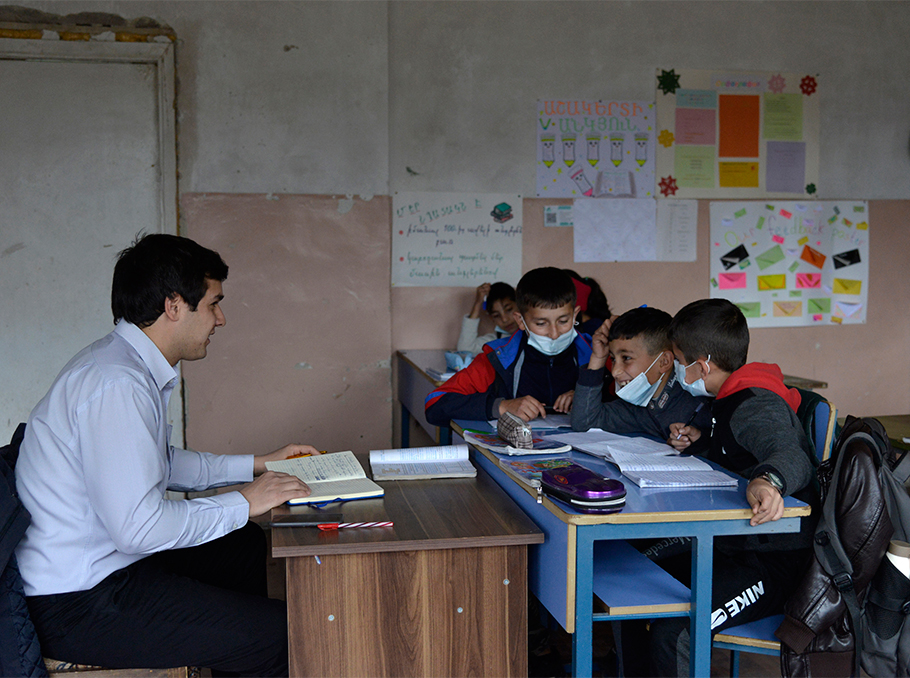
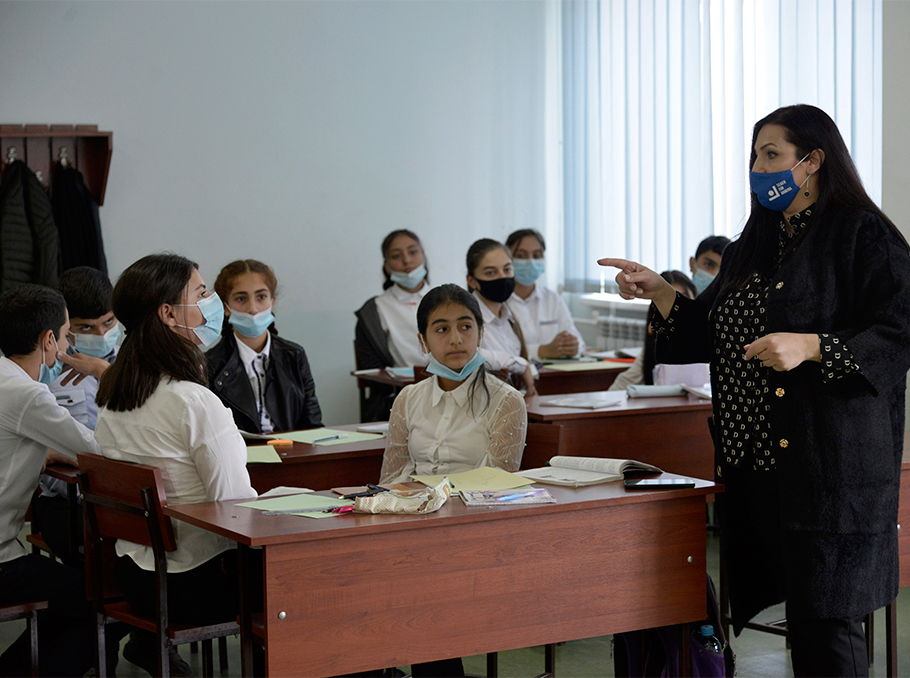






Comments
Dear visitors, You can place your opinion on the material using your Facebook account. Please, be polite and follow our simple rules: you are not allowed to make off - topic comments, place advertisements, use abusive and filthy language. The editorial staff reserves the right to moderate and delete comments in case of breach of the rules.